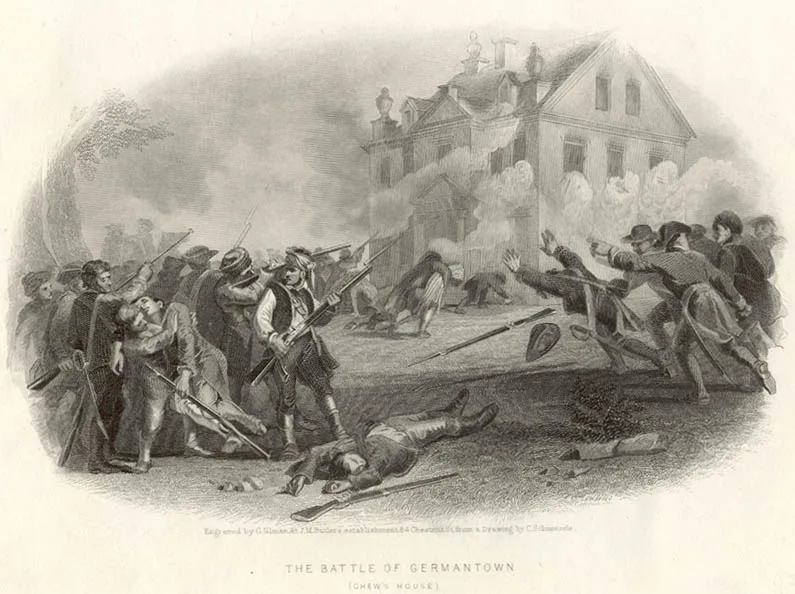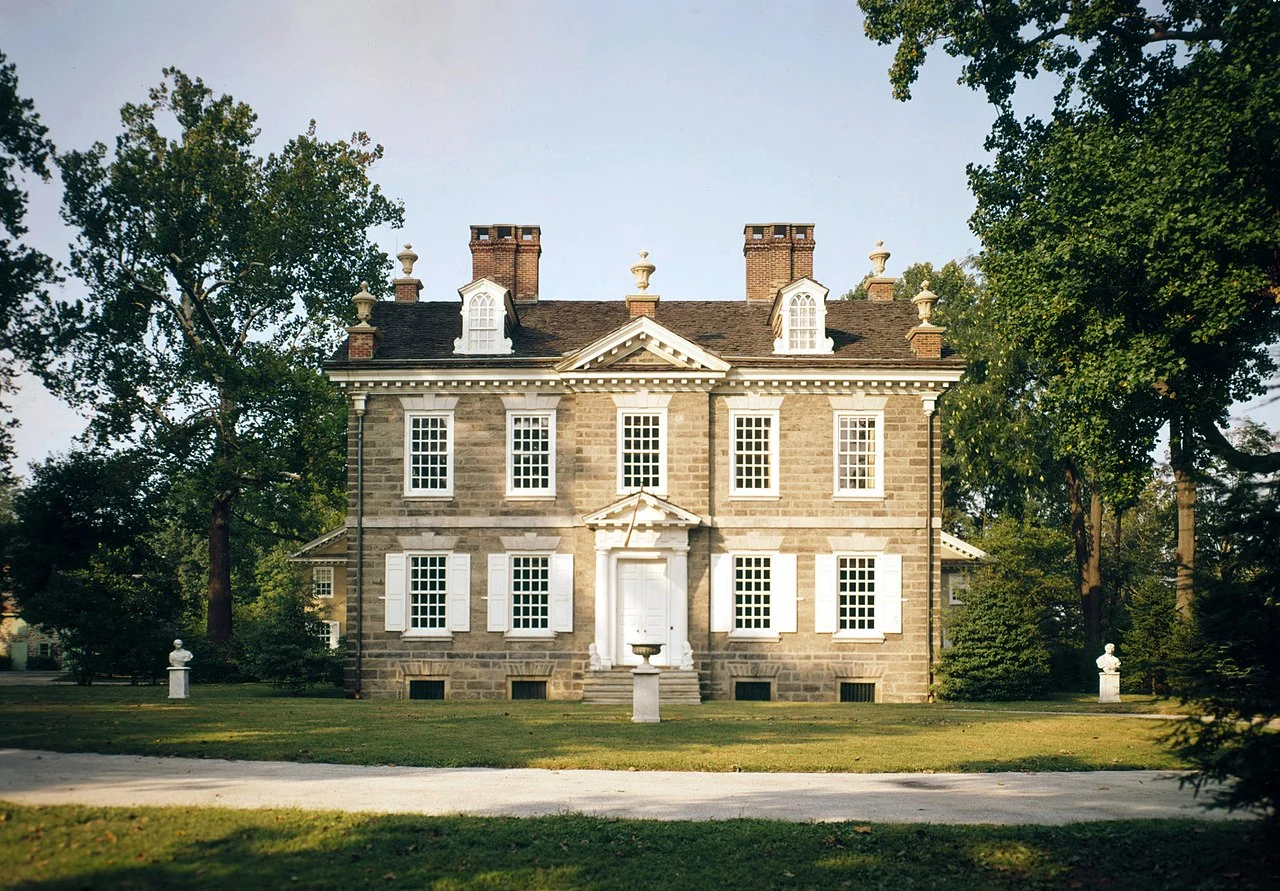
Fog caused Americans to battle against themselves in the Battle of Germantown
On this day in weather history, fog complicated the Battle of Germantown.
This Day In Weather History is a daily podcast by Chris Mei from The Weather Network, featuring stories about people, communities and events and how weather impacted them.
--
On Saturday, October 4, 1777, the British Army and the American Continental Army fought in the Battle of Germantown. It was a major event in the Philadelphia campaign of the American Revolutionary War. Sir William Howe led the Brits, and George Washington led the Americans with the 2nd Canadian Regiment.
Washington planned to have four separate formations that would come together on the British position at Germantown. The two side columns each had 3,000 militia. The middle columns, one which was led by Nathanael Greene and the other by John Sullivan, were comprised of regular troops.

*"
The strategy was to surprise and destroy the British army, like how Washington beat the Hessians at Trenton.
Howe had his infantry across his front as pickets in Germantown. As the Americans approached, a thick fog took over the area. Approximately 120 of Howe's men barricaded the Chew Mansion, the site of the battle.
Washington launched attacks against their enemies. None of them were successful and there were many casualties.

"Cliveden (mansion), Philadelphia, PA, a National Historic Landmark." Courtesy of Wikipedia
Sullivan's crew was running low on ammunition so they withdrew. Greene's crew arrived late to the scene and met with Anthony Wayne's division (also American). The two units mistook each other as the enemy and opened fire. Both crews retreated.
Overall, the Battle of Germantown concluded with a British victory.
To learn more about the fog and the Battle of Germantown, listen to today's episode of "This Day In Weather History."
Subscribe to 'This Day in Weather History': Apple Podcasts | Amazon Alexa | Google Assistant | Spotify | Google Podcasts | iHeartRadio | Overcast'










